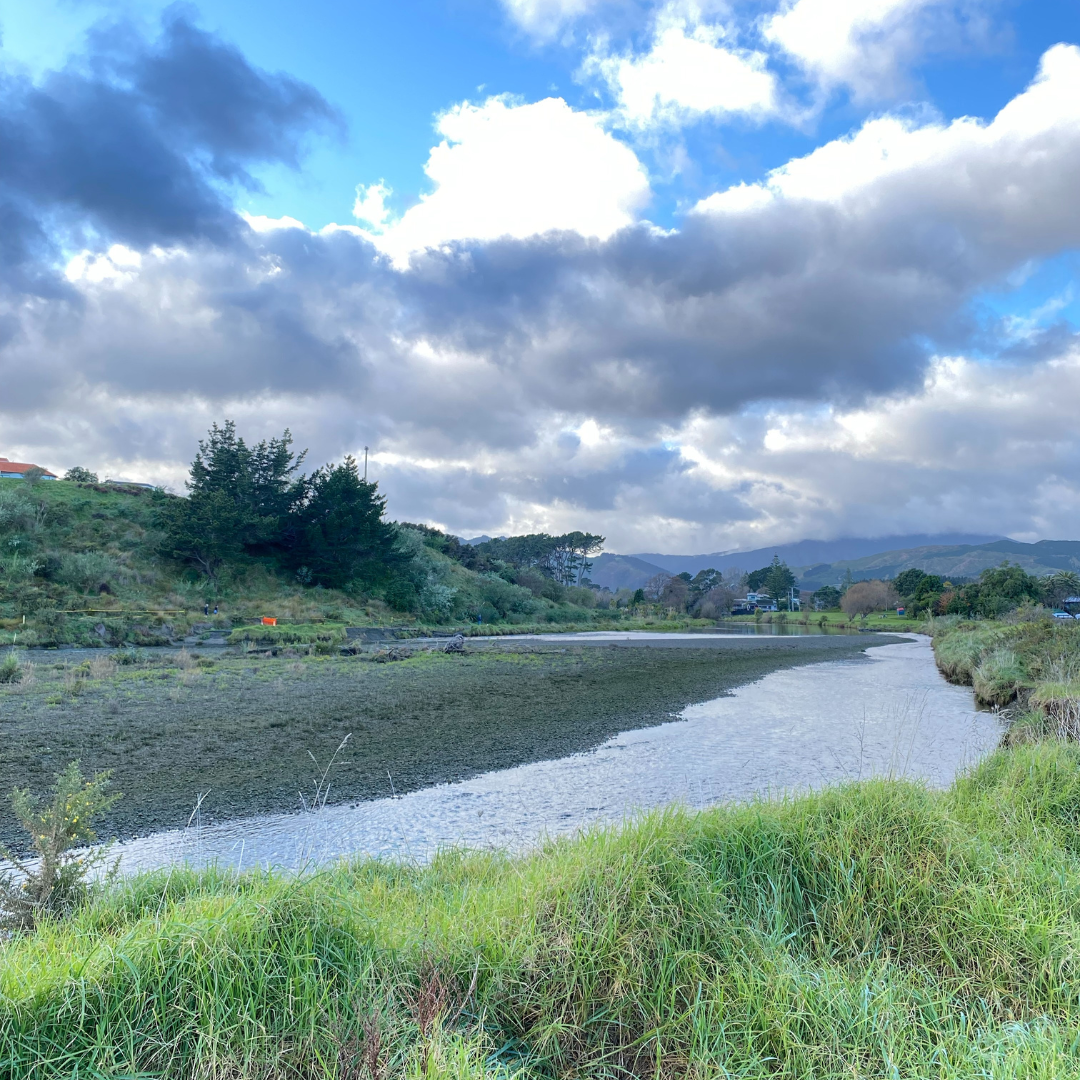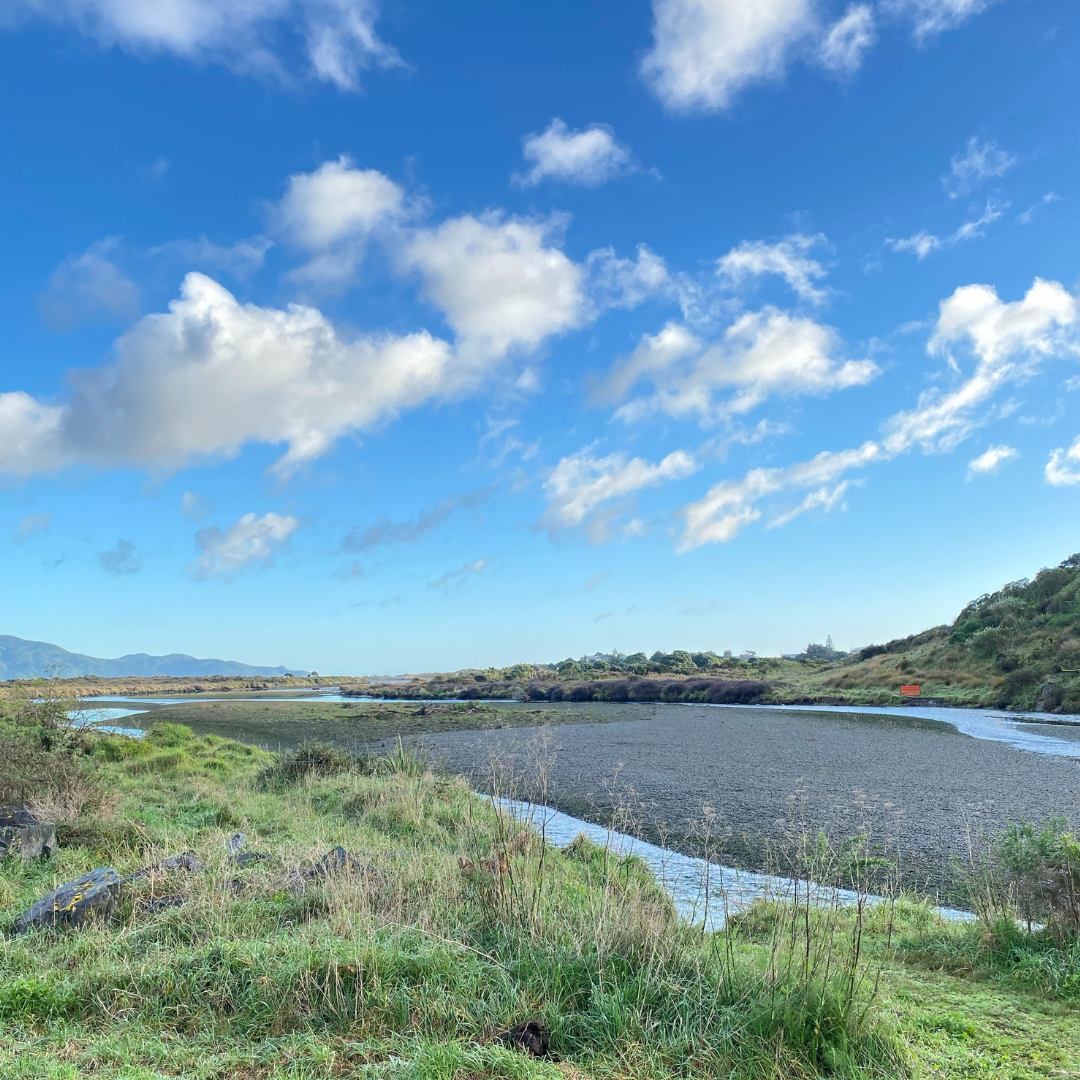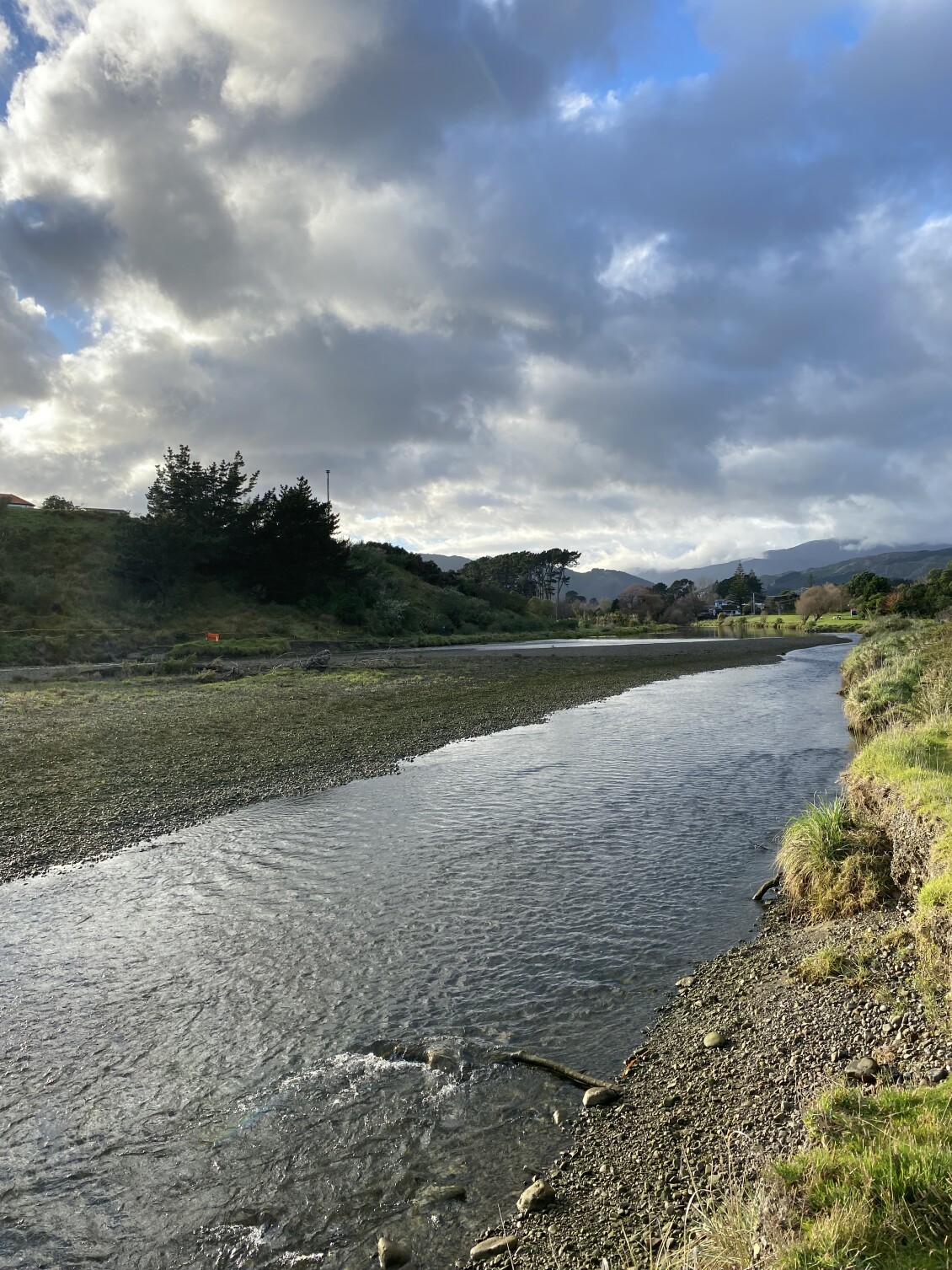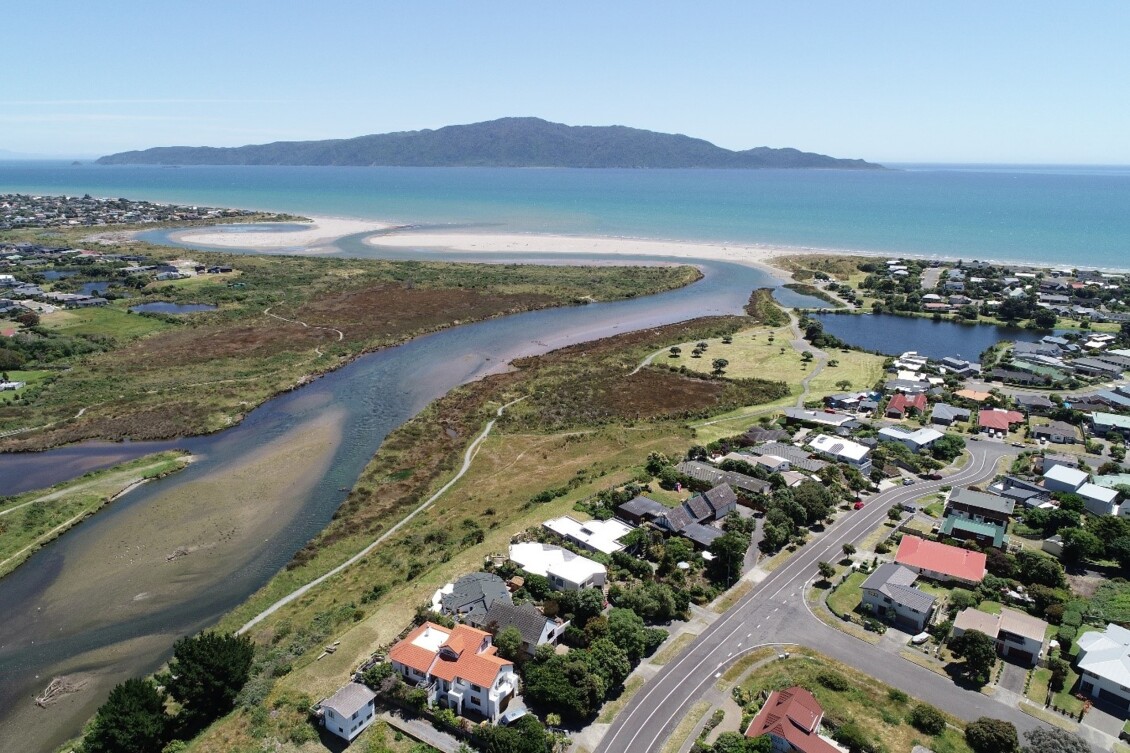Essential river channel and gravel works planned to mitigate erosion within highly protected and valued Waikanae estuary


Essential river channel and gravel work will start Monday 7 July downstream from Otaihanga Boat Club to manage erosion within the highly protected and valued Waikanae Estuary.
Gravel has built up in the Waikanae River forming a ‘gravel island’ in the Waikanae Estuary Scientific Reserve, splitting the river in two, and eroding the northern bank.
Jack Mace, director of delivery at Greater Wellington says the planned works are within a highly protected area with ecological, recreational and cultural significance, and a result of range of interested parties coming together to agree a solution.
“We’re working with Ātiawa ki Whakarongotai, Department of Conservation, Kāpiti Coast District Council, and Wellington Fish & Game to deliver these works carefully.
“It is really important to get into the river and stop the erosion of the northern bank. The area contains a naturally erodible dune, and further erosion may put nearby communities and homes in danger,” says Jack Mace.
Chair of Greater Wellington’s Environment Committee and councillor for Kāpiti Penny Gaylor says Waikanae Estuary is a regionally significant habitat with historical importance to mana whenua so it was important the works uphold the mauri of the awa.
“Waikanae Estuary Scientific Reserve is also a popular recreational destination and Kāpiti Island Marine Reserve is downstream too. The timing of the works avoids peak inanga spawning and fish migration periods in the Waikanae River and coincides with better weather and lower water levels for ease of work.
“It’s important for people in the local community to note that walking tracks in the area may be closed at times for their safety. This will enable the teams to complete the work as respectfully, quickly and safely as possible.
“We have a narrow tidal window to do the work, and we will need to stop works by mid-August to allow for inanga spawning and the whitebaiting season. If the weather doesn’t come through for us and we are unable to complete the work this winter we will revisit the works in early summer,” adds Cr Penny Gaylor.
Greater Wellington plans to relocate the low-flow river channel by digging a new path through the gravel island and moving the gravel to the riverbanks.This will protect the banks from erosion and no gravel will be removed from the site as part of these works.
Greater Wellington holds resource consents under the Resource Management Act for these works. The Department of Conservation (DOC) has given a concession under the Reserves Act to undertake this one-off activity within the WESR.
Greater Wellington and partners will continue to monitor bank erosion and gravel build up.


Get in touch
- Phone:
- 0800 496 734
- Email:
- info@gw.govt.nz
